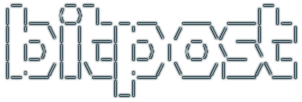
I hope you are outnerdishly geeky enough to know that this means you’re on the path to android nirvana…
- Install the Kies app from the google play store
- Fiddle with it for hours before discovering it’s useless.
- Stumble upon the Kies Windows app, install it from official site, let it spend an hour updating
- Try to use it and utterly fail to get any reasonable response from it
- But first, make sure you google to find all the other people with other different random stories of rage and sadness.
- Uninstall it and redownload a newer version from the same site the same day and install it.
- Plug your Samsung in and watch it fail to recognize it, fiddle for a few more hours…
- Fart with scattered settings on your phone to no avail
- Unplug and replug your phone while troubleshooting and reinstalling drivers in the right voodoo manner
- Use the Kies troubleshooter for a while, then realize its bizarre failure screens and minutes of spinning anuses are actually installing a working driver for your phone…
- In the middle of the night, through bleary eyes, see the Jelly Bean firmware upgrade notice – but only because you’re so tired that you watched a blank wait screen for far longer than any fully conscious human could ever muster.
- Have the firmware fail after it starts, scaring you to death, because it detects your battery is slightly below a full charge. Writhe in pain while you wonder if you’ve bricked the thing.
- Restart the whole process again after you unplug to charge your phone with a wall wart plug and the drivers get totally fubared all over again
- Watch the firmware get dropped on your phone, while you no longer give a shit because you are exhausted and disappointed and frustrated.
Yay!







